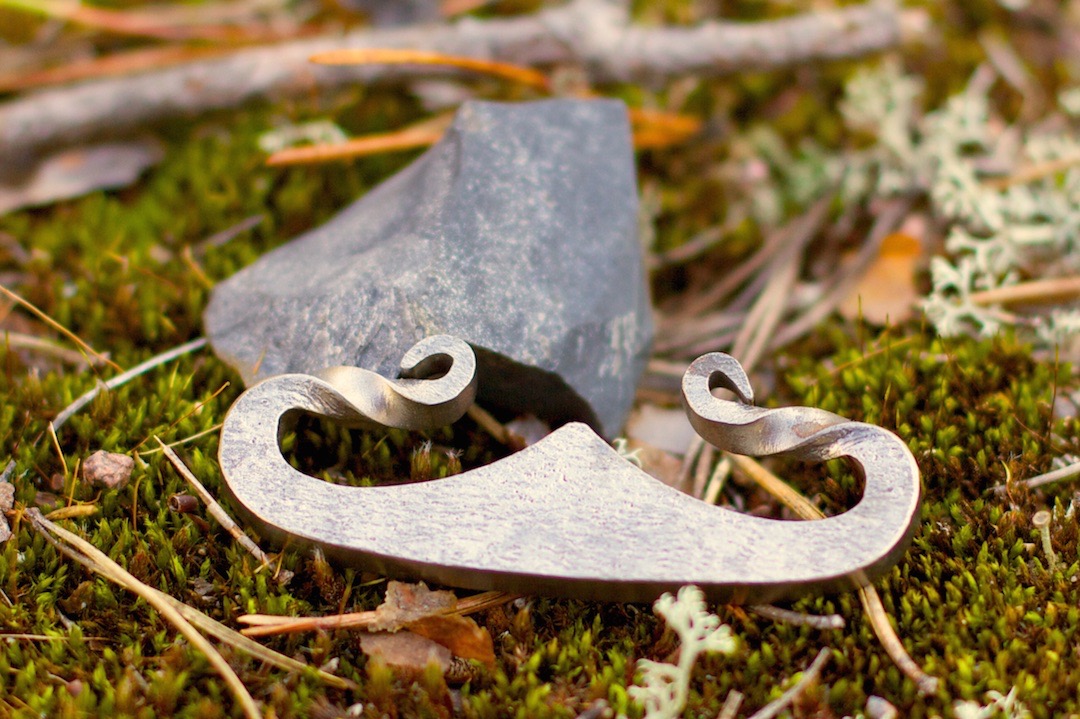

The molten, oxidising sparks then ignite tinder. The pyrophoricity of the steel results in the shavings oxidising in the air. The sharp edge of the flint is used to violently strike the fire steel at an acute angle in order to cleave or shave off small particles of metal. Old files, leaf and coil springs, and rusty gardening tools are often repurposed as strikers.īesides flint, other hard, non-porous rocks that can take a sharp edge can be used, such as chert, quartz, agate, jasper or chalcedony. The steel must be hardened but softer than the flint-like material striking off the spark. Iron and alloys (like stainless steel, 5160, etc.) are more difficult and generate fewer sparks. High carbon steels (1060, W1, tool steels, etc.) generate sparks easily.

The type and hardness of steel used is important. Uses įire striker and flint used in Dalarna, Sweden in 1916. It was also used as a ritual to bring good luck or ward off evil. In Japan, percussion fire making was performed using agate or even quartz. In Tibet and Mongolia, they were instead carried in a leather pouch called a chuckmuck. When flint and steel were used, the fire steel was often kept in a metal tinderbox together with flint and tinder.

Percussion fire-starting was prevalent in Europe during ancient times, the Middle Ages and the Viking Age. įrom the Iron Age forward, until the invention of the friction match in the early 1800s by John Walker, the use of flint and steel was a common method of fire lighting. There are indications that the Iceman, also known as Ötzi, may have used iron pyrite to make fire. Before the advent of steel, a variety of iron pyrite or marcasite was used with flint and other stones to produce a high-temperature spark that could be used to create fire. It is a specific tool used in fire making.īefore the invention of matches, percussion fire making was often used to start fires. Late 18th-century firetools and bricks from BrittanyĪ fire striker is a piece of carbon steel from which sparks are struck by the sharp edge of flint, chert or similar rock.


 0 kommentar(er)
0 kommentar(er)
